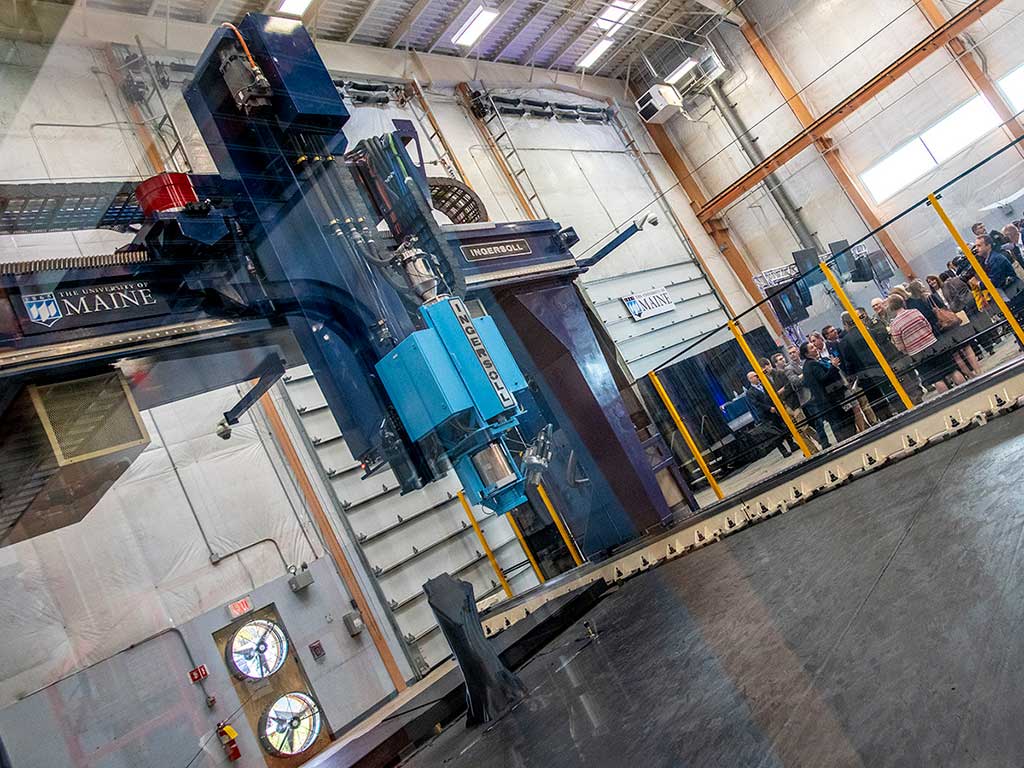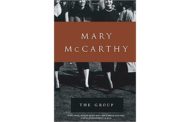Love, GenZ
3D Printing & Cultural Heritage
By Sadie Levy
Throughout history, cultural heritage has been wrongfully acquired through immoral means and ended up far from where it originated. In recent years, disputes over a number of art repatriation cases have been brought to the public. Many people have adamantly pushed officials and museums to return antiquities and artifacts to their place or culture of origin, arguing that whether or not the means of acquisition were legal is arbitrary because Western museums do not have the right to benefit from culture that doesn’t belong to them.
So what is the justification of keeping cultural heritage outside of its country of origin?
Protecting historical artifacts by keeping them somewhere else can be important if the original location doesn’t have the means to store antiquities safely from looting and improper preservation. Additionally, keeping pieces in western museums allows more people access to learn about objects of important worldly or historical significance. Another argument is that the tracing of antiquities is often a tedious project and it can be difficult to trace the lineage and know where to return specific artifacts. All the various reasons still deprive a country or culture of celebrating and learning about their own history.
There are modern solutions to the art repatriation crisis, including 3D printing.

This advancement allows for close to exact replicas of art, sculptures, and more to be produced. Many museums are already using this technology and allowing the museum’s guests to partake in digital 3D explorations of antiquities. With this ability what is the need to deprive a culture or place from what is theirs? Other world citizens would still have an opportunity to view and learn from the cultural heritage through new means.
Museums providing access to period pieces does not mean the museum has rightful ownership. Culturally significant art and possessions are put on display for later generations of the “conquering” society to view without enough context or recognition of the culture that produced them. While repatriation of antiquities may increase the difficulty with how some are able to view world works, individuals descended from the region of past cultures would have easier access to the artwork that has had a direct impact on their history. Additionally, museums can and are beginning to form lending programs with other museums across the globe.
Sadie Levy is a Junior at Waynflete high school in Portland, Maine. She loves writing and adventuring in nature.





